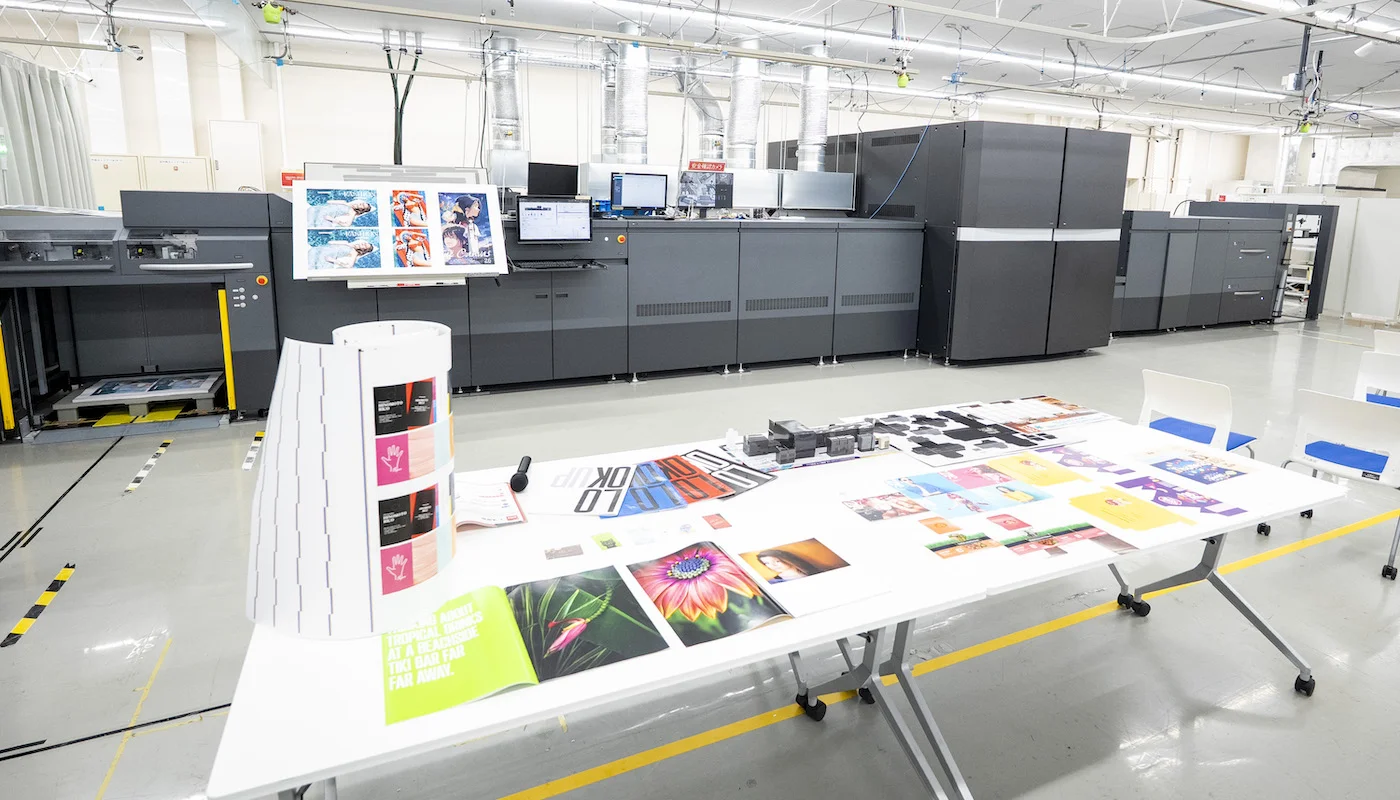Mexico’s growing online grocery market is reshaping logistics requirements as nearly 30% of consumers ages 16 to 64 buy food online each week, according to a study by We Are Social and Meltwater.
The shift is accelerating pressure on transportation networks, particularly refrigerated ground transport, which has become central to ensuring product quality in last-mile delivery. “Refrigerated ground transport is becoming a determining factor. A shipment that does not guarantee proper temperatures can lose its value in minutes. Logistics is now a factor of competitiveness for food e-commerce,” said José Carlos Gómez, Sales Director LAR North, Thermo King.
The expansion of e-commerce in Mexico reflects broader digital adoption. The country is the second-largest e-commerce growth market in Latin America. In 2023, the sector grew 24.6% to MX$658 billion, supported by 80% national internet penetration and smartphone usage nearing 90%.
Food and beverage purchases represent a significant share of online spending. About 51% of consumers buy restaurant or prepared food through delivery platforms, and 43% purchase packaged food and beverages through e-commerce channels. Smartphone use dominates buying behavior, with 92% of users preferring mobile devices for online transactions.
As demand increases, cold chain logistics has become one of the most critical components supporting food e-commerce. Grand View Research projects the global cold chain market will reach US$427.6 billion by 2030, driven primarily by food and beverages, which account for more than 77% of global market participation. Cold chain investments now function as strategic assets, giving companies the ability to maintain the integrity of perishable goods and protect competitiveness.
Meeting e-commerce expectations requires precision in temperature control, packaging, speed and transparency. Industry executives highlight several challenges. Temperature deviations of a few degrees can compromise entire shipments. Vehicles must be equipped with certified refrigeration systems. Packaging must protect food from heat and external conditions. Real-time tracking of temperature, location and transit times is now standard. Coordination among producers, logistics operators and retailers is necessary to maintain the integrity of the cold chain from origin to destination.
Gómez said cleaner and more efficient refrigerated transport solutions will be essential: “Investing in cleaner and more efficient solutions can make the difference for companies to remain competitive in the new digital environment.”
Technology is emerging as the primary tool to address these pressures. Logistics operators are integrating IoT sensors, telemetry, artificial intelligence and predictive analytics to monitor the cold chain and anticipate disruptions. Real-time data helps companies manage temperature, reduce waste and improve delivery accuracy.
Sustainability is also shaping investment decisions. Companies increasingly deploy electric vehicles, natural gas-powered units and low-energy refrigeration systems. These alternatives help reduce emissions and meet consumer expectations regarding environmental responsibility. Intermodal freight, combining maritime, rail and road, is gaining relevance as operators seek to reduce carbon footprints and improve efficiency at scale.
A report from Allied Market Research indicates that eco-friendly refrigeration solutions and smart infrastructure development will be decisive factors for maintaining competitiveness over the next five years. These elements, combined with digital tools, are forming a new operating model for last-mile delivery in food e-commerce.
Mexico’s e-commerce ecosystem continues to evolve as consumer expectations shift. Price, promotions and transparent costs remain essential to purchase decisions. Quality and trust influence 74% of buying behavior, while 61% of consumers prioritize rapid delivery and real-time order tracking. Platforms that provide secure, simple and fast experiences, particularly through mobile apps, maintain a competitive advantage.
Despite these expectations, delivery performance, product quality issues, poor website experiences and inadequate return policies remain the primary reasons consumers do not repeat online purchases. Analysts recommend offering multiple payment options, ensuring fast delivery, improving customer service and maintaining transparent pricing to strengthen retention.
The future of food e-commerce in Mexico will depend on how effectively logistics networks adapt to the growing demands of refrigerated last-mile delivery. Precision, technology adoption, and sustainable practices are emerging as defining factors. “Companies that optimize their refrigerated ground transport will consolidate their leadership in the market. We are at a turning point in food logistics,” Gómez said.
With rising consumer expectations and continued growth in digital purchasing, Mexico has an opportunity to expand its logistics capabilities and strengthen industry competitiveness through advanced cold chain solutions.








